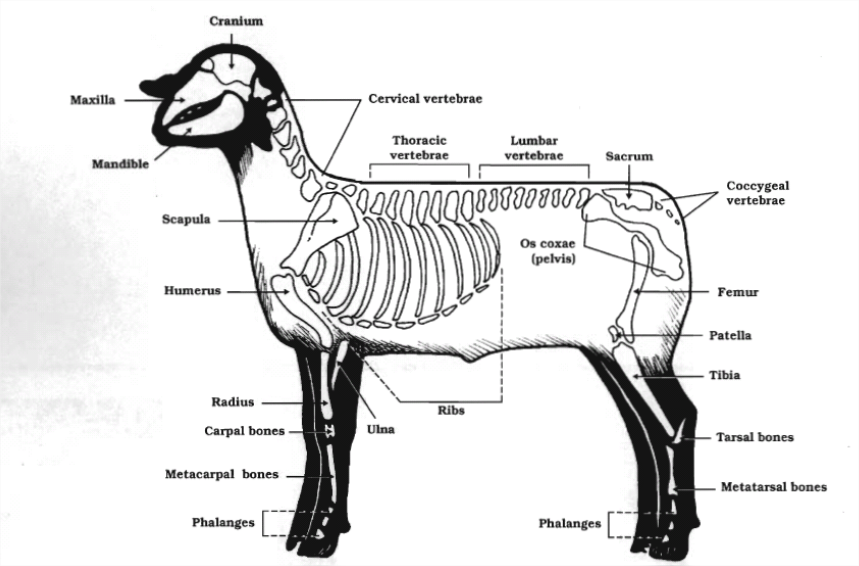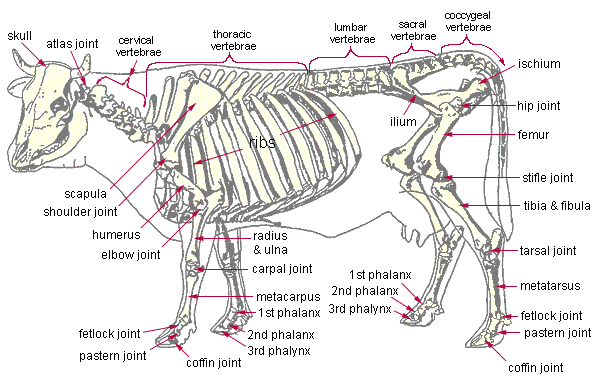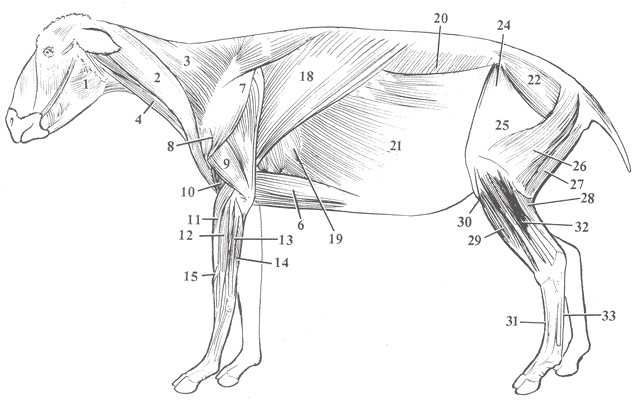The locomotory system comprises the skeleton with its joints, which give support to the different bones as well as the muscles and maintain the integrity of the body structure. When the muscles contract and relax under the control of the nervous system it causes movement of the body. In addition, there are ligaments in and around joints and tendons, which serve to support and protect the muscles by preventing overstretching.
The Bones of the Body
The bones of the body can be divided into four categories:
- Long bones, e.g., the upper arm bone (humerus), thighbone (femur), etc.
- Flat bones. Examples are the cranial bones, ribs and scapula.
- Short bones such as those found in the carpus (wrist) and tarsus (ankle). These bones serve as shock absorbers.
- Irregular bones. An example is the vertebrae
The Skeleton
The skeleton is a framework of hard structures or bones, which supports and protects soft tissues. It consists of the different bones, cartilage and strictly also speaking ligaments. Anatomically the skeleton can be divided into two parts, i.e.
Axial skeleton:
This part of the skeleton includes:
- The cranium
- The vertebral column,
- The ribs and
- The breastbone (sternum)
Appendicular skeleton:
This part of the skeleton compromises of
- The pelvic girdle
- The hind limbs and
- The front limbs.

Skeleton of a sheep

Skeleton of cattle
The Muscles of the Body
The muscles of the body can be divided into three groups:
Voluntary striated muscles: These include those of the neck, back and limbs and are under voluntary control i.e. the animal can contract these muscles at will. This is the “meat” of the animal.
Involuntary smooth muscles: This group includes muscles of the intestinal tract, urinary bladder, uterus etc. They are not under the voluntary control of the animal but controlled by the autonomic nervous system. There is also no sense of pain in smooth muscles. An abdominal operation can consequently be done on domestic animals and humans by the use of local anaesthesia only. Involuntary muscles, however, send out an impulse of pain when they are stretched excessively.
Heart (cardiac) muscles (Involuntary muscles): Cardiac muscles are highly specialised muscle tissue, and although cross-striations are visible microscopically, they are involuntary muscles. The muscles also differ from striated muscles in that there are branches between fibres. The following diagram shows the matrix of muscles of a cow. Each number represents a specific muscle.

The muscles of cattle

The muscles of sheep
Click here to view a video that explains the basic bovine anatomy.